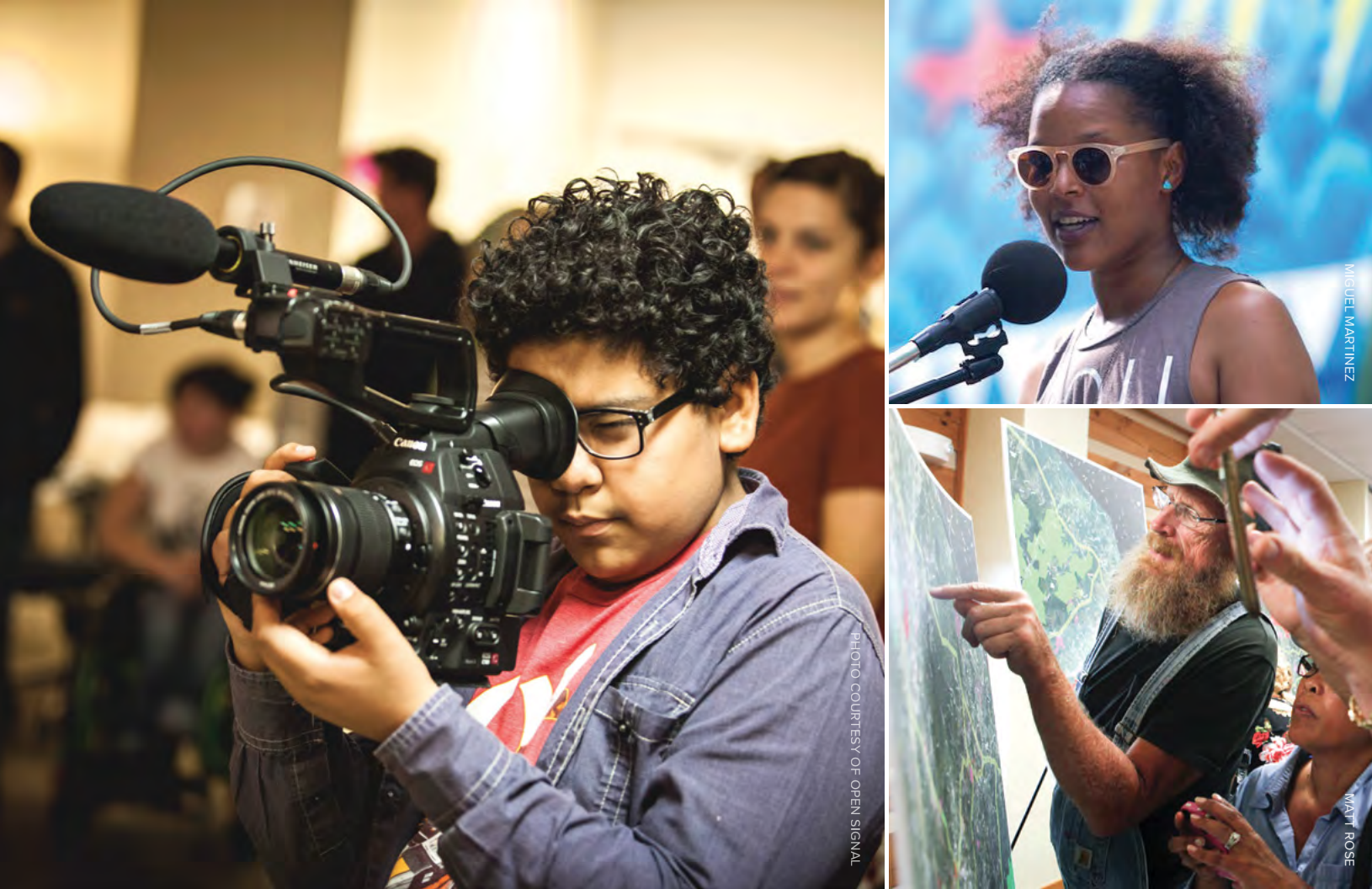
Two new reports provide lessons for media funders
Sarah Lutman is a consultant for the Wyncote Foundation and Jessica Clark is research director for Media Impact Funders. Below they discuss how foundations that are new to funding journalism can get a better handle on trends and practices in the field, based on two new reports produced with support from the Wyncote Foundation.
The revised version of “Journalism and Media Grant-making: Five Things You Need to Know, Five Ways to Get Started” is now available from Media Impact Funders. Written by journalist Michele McLellan with input from an advisory group of grantmakers, the new Wyncote-funded booklet is a complete update of the 2011 version, which was produced with support from the Knight and William Penn Foundations. This 2018 edition reflects both sustained turbulence in the journalism and media environment, and the myriad ways foundations and news organizations are creatively responding.
For those already active as media funders, the updated “Five Things” delivers new insights and shares dozens of current project examples from across the United States. For those thinking about joining the fray, the booklet offers connections to peer learning and ideas for getting started. It is designed to inform the work of both foundations that identify as media funders, and those with an interest in supporting journalism in service of other programmatic goals.
The booklet is timely: the work foundations care about – advancing democratic participation and building a civic commons – is at risk. With fewer local newspapers and fewer reporters tracking beats and providing in-depth and reliable coverage and analysis, the public knows less about the issues that funders’ work addresses. One response is the growth in nonprofit news organizations, many of which are digital-first and funded by philanthropy. “Five Things” provides examples of the impact these entities are having on public policy, urban planning and design, and in fields like health, education and the environment.
When funders get involved, their grants often carry new mandates for engagement, expecting coverage that’s connected with both communities and other nonprofits’ causes and concerns. The result of rising interactive and engagement models is news that is more relevant and meaningful to audiences. Engagement can also mean exploration of audience-direct revenue models such as crowdsourcing, creative new forms of membership, and even equity offerings made directly to the public. “Five Things” provides examples of these new approaches.
In terms of getting started, the report emphasizes the role funders can play in innovation as news organizations explore reporting models, business practices and engagement tools. Also highlighted is the need to reinforce partnerships that can broaden diversity in newsrooms and bring news to diverse communities. These and other recommendations of ways to get started suggest that funders connect with peers to share experiences and grow the field of practice.
This week, the Wyncote Foundation also released its own report, “Investing in Local Journalism, Public Media, and Storytelling: Examples from Place-Based Foundations.” The new report reflects Wyncote’s long-standing advocacy for greater focus on local and regional media by place-based foundations.
The report profiles nine place-based foundations that support media, each in a different place and for different reasons. These funders share a belief that media funding can reinforce their grant-making priorities and strategies, illuminate community life in new ways, and lift up the stories and voices of people who are less visible within mainstream and commercial media outlets. The goal is to show a variety of approaches that funders can look to for ideas, information and inspiration. Included are the Blandin, Dodge, LOR, Rasmuson, and Revson Foundations, among others. Each has a unique story to tell.
As many hundreds of grantmakers and media producers head to Miami next week for the Knight Media Forum, the growth in grant-maker interest in these subjects is evident everywhere. With the expansion of the media funding field, there are more examples of grantmaking practices to learn from, both successful and less so, and more resources to help with the challenging choices grant-makers face as they explore ways to get involved. These new publications provide timely and substantive new resources to the philanthropic sector. We hope you’ll spend time with them and send us your ideas for additional examples and insights.
-
Journalism / Press Release
-
Episode
Recent Content
-
Journalismarticle ·
-
Journalismarticle ·
-
Journalismarticle ·



